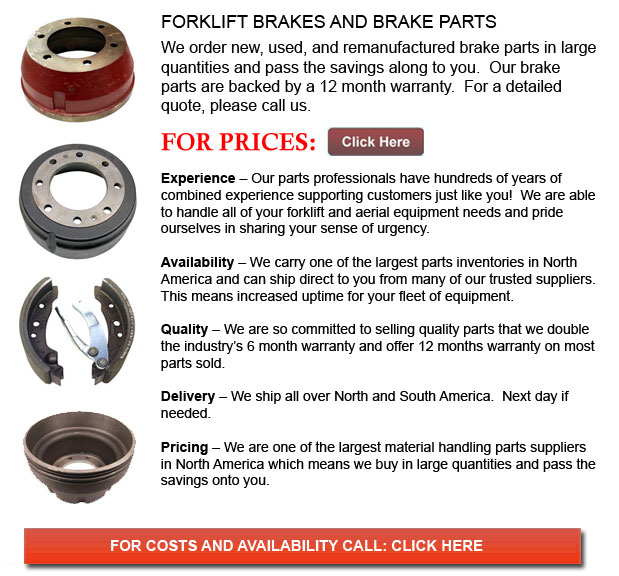
Forklift Brakes - A brake wherein the friction is supplied by a set of brake pads or brake shoes which press against a rotating drum unit called a brake drum. There are some specific differences among brake drum types. A "brake drum" is usually the explanation given whenever shoes press on the inner outside of the drum. A "clasp brake" is the term utilized so as to describe if shoes press next to the exterior of the drum. Another kind of brake, referred to as a "band brake" makes use of a flexible belt or band to wrap round the outside of the drum. If the drum is pinched in between two shoes, it could be referred to as a "pinch brake drum." Like a typical disc brake, these types of brakes are somewhat rare.
Old brake drums, prior to 1955, needed to be constantly adjusted so as to compensate for wear of the drum and shoe. "Low pedal" can result if the needed adjustments are not done satisfactorily. The motor vehicle could become hazardous and the brakes could become useless when low pedal is combined with brake fade.
There are different Self Adjusting Brake Systems available, and they can be categorized within two major kinds, RAI and RAD. RAI systems have built in equipments which prevent the systems to recover if the brake is overheating. The most recognized RAI manufacturers are Lucas, Bosch, AP and Bendix. The most well-known RAD systems comprise Ford recovery systems, Volkswagen, VAG, AP and Bendix.
Self repositioning brakes normally utilize a mechanism which engages only whenever the motor vehicle is being stopped from reverse motion. This stopping approach is suitable for use where all wheels make use of brake drums. The majority of vehicles nowadays use disc brakes on the front wheels. By functioning only in reverse it is less likely that the brakes would be applied while hot and the brake drums are expanded. If adapted while hot, "dragging brakes" can happen, which increases fuel consumption and accelerates wear. A ratchet mechanism that becomes engaged as the hand brake is set is another way the self adjusting brakes could work. This means is only appropriate in functions where rear brake drums are used. If the emergency or parking brake actuator lever goes over a certain amount of travel, the ratchet developments an adjuster screw and the brake shoes move in the direction of the drum.
Placed at the bottom of the drum sits the manual adjustment knob. It can be tweaked making use of the hole on the opposite side of the wheel. You would have to go beneath the vehicle using a flathead screwdriver. It is extremely important to be able to adjust each wheel equally and to be able to move the click wheel properly because an uneven adjustment can pull the vehicle one side during heavy braking. The most effective way so as to guarantee this tedious job is done safely is to either lift every wheel off the ground and hand spin it while measuring how much force it takes and feeling if the shoes are dragging, or give each one the exact amount of clicks utilizing the hand and then do a road test.
![]() Click to Download the pdf
Click to Download the pdf
Forklift Parts
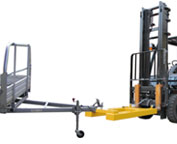
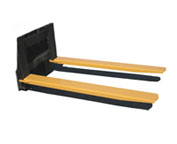
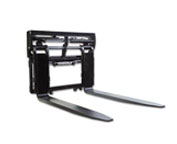
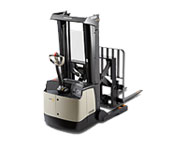
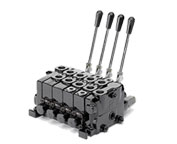
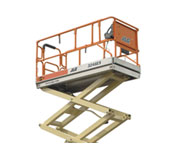
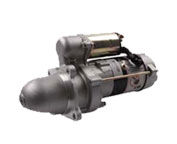
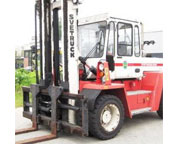
Lift Parts Express
TOLL FREE: 1-888-695-7994
Toledo, Ohio
forkliftpartstoledo.com
Email Us
About Us


